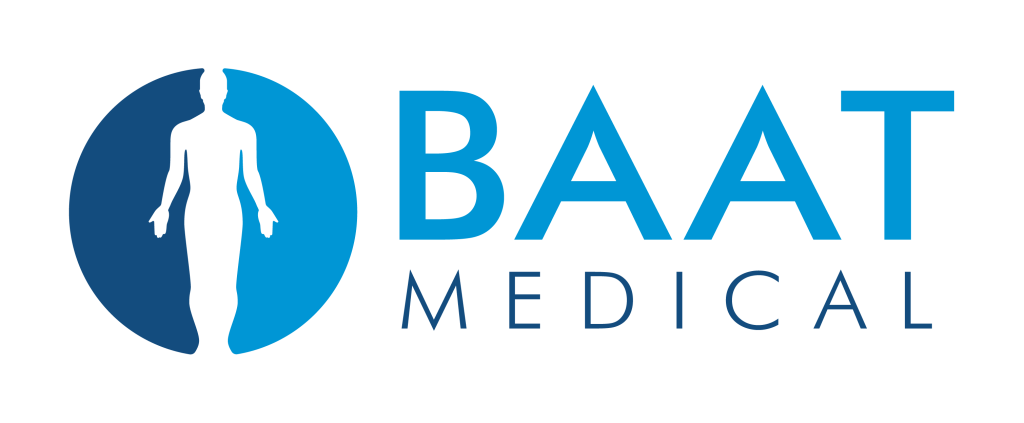
Assuming that simply following a development process stage by stage will lead to success in MedTech product development is untrue. A development process provides continuous insights that could not have been predicted beforehand. To achieve a successful result, one must acknowledge that product development means also being flexible with making choices along the way. This involves continuously balancing elements like product performance, usability design, design for manufacturing, clinical and regulatory compliance, validation strategies, and risk management. These elements must adapt not only to changes within the project but also to changes in the world around the project to ensure the products are state of the art and can be successfully introduced and survive in the market.. From experience, BAAT Medical can share the following insights and examples where these elements interact and influence each other.
How to navigate during the process
At the heart of the development process lies the usability design, which focuses on creating devices that are intuitive, safe, and effective for healthcare providers and patients. However, decisions made to improve usability must also consider manufacturability, regulatory requirements, and potential risks. For instance changing part of an surgical instrument from metal to a plastic allowing improved imaging of the surgical site might impact the supplier at which the product can be manufactured and the biological testing needed to obtain regulatory approval.
Navigating the clinical and regulatory landscape demands a dynamic strategic approach throughout the product development, carefully assessing how each design modification, alteration in intended use, or revision in claimed benefits impacts the approval process. For example, altering the intended use could lead to classification under a different 510K product code, necessitating compliance with more rigorous test criteria to establish substantial equivalence. Similarly, revising a benefit claim might extend the follow-up period of a clinical study from 0.5 years to 5 years.
Validation strategies are crucial to ensure a product performs as intended in real-world scenarios. They help identify issues and reduce the risk of post-market failures. However, setting performance claims that are difficult to test can complicate the process to a point where validation is no longer feasible from a commercial point of view. Product validation should be an ongoing process throughout development. Early bench testing, combined with virtual methods like finite element analysis, and focused testing on worst-case products from the portfolio, can greatly reduce costs and lead time while ensuring every aspect of the product is validated and a clear validation strategy is maintained. Additionally, the regulatory strategy must align with the validation strategy. Submitting unnecessary tests for regulatory approval can prompt avoidable questions. Therefore, it is better to conduct tests to ensure product performance but omit them from the submission if they are not required for regulatory purposes.
How BAAT will serve you
With 25 years of experience, BAAT Medical expertly navigates the complexity of the product development process by carefully considering and integrating usability design, efficient manufacturing, regulatory compliance, validation strategies, and risk management into daily decision-making. Much like solving a puzzle, this integrated and agile approach ensures the creation of innovative, life-enhancing products that improve patient quality of life while presenting a viable business case with manageable development costs. Together with our customers, BAAT Medical pieces together each aspect of the puzzle, achieving successful outcomes with our customers.

